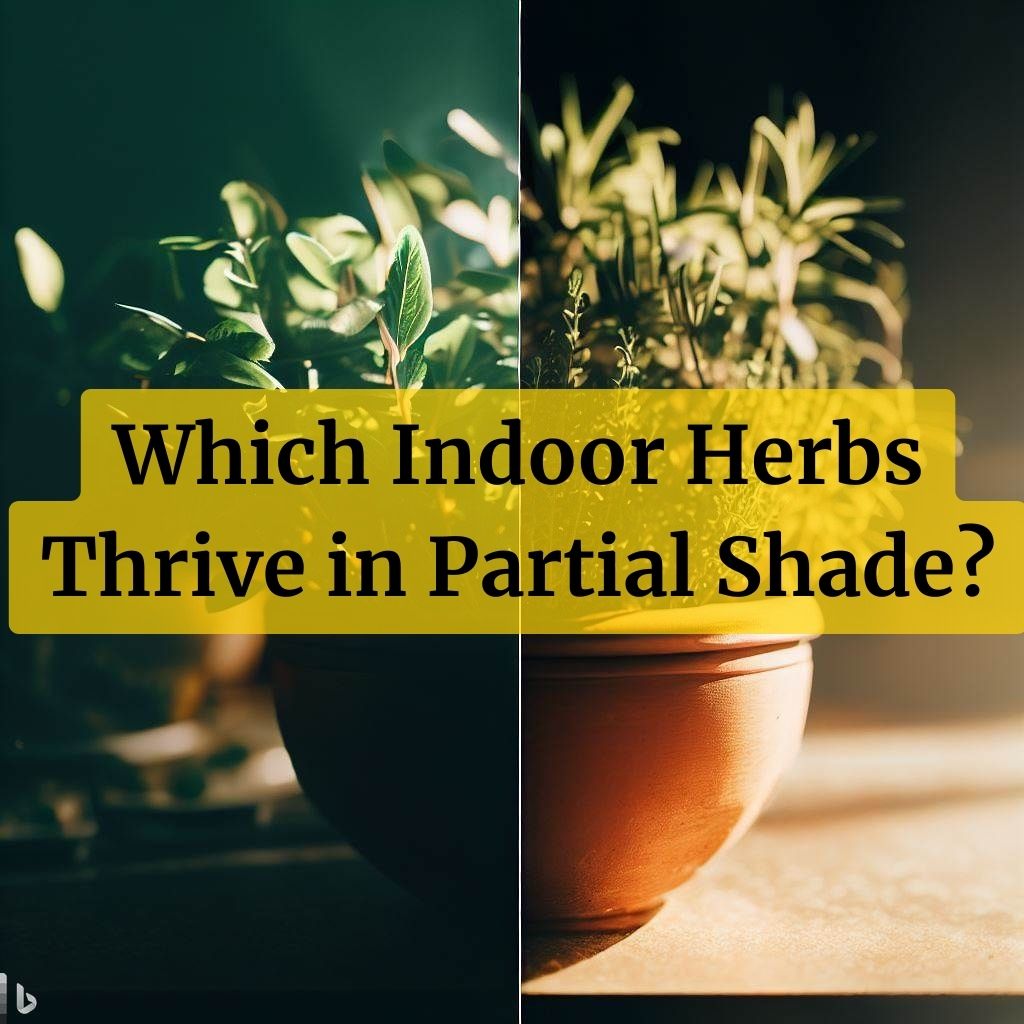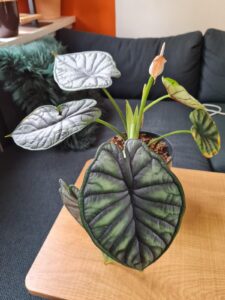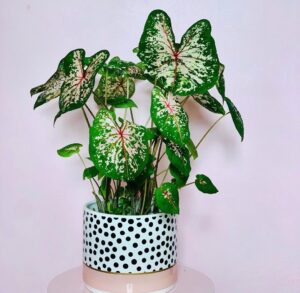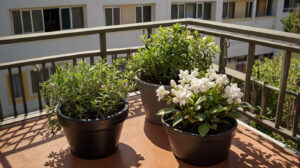
In this article, we will discuss the indoor herbs that can grow in full sun or partial shade, how to care for them, and how to choose the right herbs for your indoor herb garden.
Choosing The Right Herbs
When choosing herbs for your indoor herb garden, it is essential to consider the light requirements of the herbs. Some herbs require full sun exposure, while others can grow in partial shade.
Here are some of the best indoor herbs that can grow in full sun or partial shade:
| Herbs that prefer full sun | Herbs that can do well with as little as 4 hours of sunlight per day |
|---|---|
| Basil | Caraway |
| Chamomile | Chives |
| Comfrey | Cilantro |
| Echinacea | Coriander |
| Fennel | Dill |
| Fennel | Mint |
| Lavender | Parsley |
| Oregano | Tarragon |
| Primrose | |
| Rosemary | |
| Sage | |
| Thyme | |
| Valerian |
Using Grow Lights
If you do not have access to natural sunlight, you can use artificial light to grow indoor herbs. LED grow lights are the best option for indoor herb gardens as they provide the right spectrum of light for the herbs to grow. It is essential to keep the light on for at least six hours per day to ensure the herbs grow correctly.
If your indoor herbs are not getting enough light exposure, they may show signs of stress. Some of the signs to watch out for include yellowing leaves, stunted growth, and wilting. If you notice any of these signs, it is essential to move the herbs to a location with more light exposure.
RELATED: 7 Best Indoor Garden Kits
Frequently Asked Questions
Can indoor herbs grow without sunlight?
While most indoor herbs require sunlight to grow, some herbs can grow in partial shade and require less sunlight.
How often should I water my indoor herbs?
It is essential to water your indoor herbs when the soil is dry to the touch. Overwatering or underwatering can cause the herbs to wilt or die.
Can I use regular light bulbs to grow indoor herbs?
Regular light bulbs do not provide the right spectrum of light for indoor herbs to grow. It is best to use LED grow lights for indoor herb gardens.







